

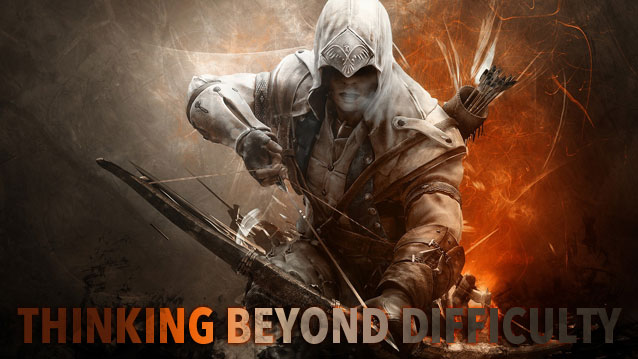
Alex Hutchinson, lead designer on Assassin's Creed, made a comment about how easy modes have the potential to ruin games, and though his definition of ruin was not fully defined, I am forced to agree with him, though specifically I'd like to be clear about what I believe:
What is called "easy mode" in some games is potentially a much worse game experience than other modes.
Or more specifically:
Alternate difficulties in some games can vary wildly in the experience they provide.
Though a lot of the reactions to his quote has interpreted it as a tirade against easy modes in general, that’s far from the case. For a moment, consider his quote as it stands:
"A lot of games have been ruined by easy modes. If you have a cover shooter and you switch it to easy and you don’t have to use cover, you kind of broke your game. You made a game that is essentially the worst possible version of your game."
What he is saying is not necessarily that easy modes in games are bad—far from it. He is instead making the case that developers end up ruining the core experience of their game in their quest to make it easier. Title screens make difficulty look awfully simple; easy, normal, and hard should live up to their names, shouldn’t they? But when you start thinking about the details of how a game is going to be easier or harder, it gets much more complicated. Will the AI be more clever? Will the enemies do more damage? Have more health? On NIGHTMARE, Doom’s hardest difficulty setting, enemies respawn unendingly, introducing a totally new game mechanic that completely changes the way the game is played. Difficulty settings seem to promise the exact same game at varying levels of player skill, but this is far from the case in practice.
Hutchinson’s statement suggests that conversations about difficulty need to acknowledge the game mechanics behind difficulty. Each game needs to have its difficulty discussed on its own terms, not as “easy” or “hard” but as an articulation of how exactly it is that a game is “easy” or “hard.” Even when reviewers make judgements about which difficulty felt more comfortable to them, there’’s rarely a discussion of what the actual mechanics behind it are doing. Partially, this is on the developers, as the coded details are rarely available. Doom is exceptional, as it has been explored so throughly that the math is known down to the decimal place. But for contemporary games without accessible source code, it isn’t always easy for critics, reviewers, or players to understand everything that is going on behind the curtain.
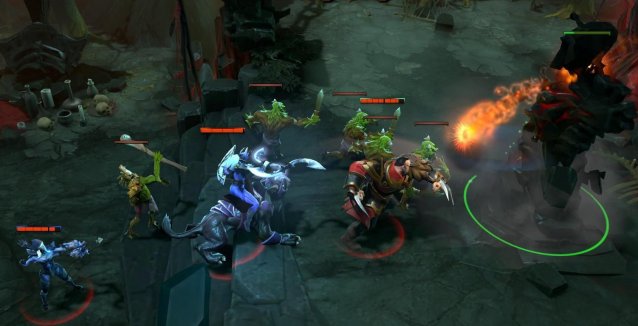
And it’s worth understanding, because difficulty is not a perfectly sliding scale of challenge vs accessibility. There are games that are mercilessly inaccessible but extremely deep—Dota2, for instance, which requires encyclopedic knowledge and practice to play well—but there are also games that are intensely inaccessible without any sort of depth beyond arbitrary memorization (for details watch nearly any episode of Game Center CX). There are games that are both accessible and shallow, like Farmville, but games that are accessible and infinitely deep, like Tetris, which can be picked up instantly and has a limitless ceiling for improvement.
“Hard” and “accessible” are not incompatible things, and in fact, some games feel accessible not despite their difficulty, but because of it. Hutchinson expresses a concern about crafting a difficulty setting that allows access for more players but that still gives those players an equivilent experience. However, this is problem whose solution might not necessarily be found in difficulty itself. Rather, the solution to accessibility might not be to make the game easier, but to better teach players how to play it.
Games are great at providing a feeling of accomplishment and skill, but I think that it doesn't really take any sort of special skill to be good at video games other than playing them a lot. Most of the reason that your average first person shooter is incomprehensible to non-gamers is not because gamers possess inhuman skill, but because they have spent a lifetime learning how to play these games. Most games depend on an assumed knowledge and familiarity with how to play a video game.
For this reason, I believe that difficulty is a red herring for accessibility, that what we could look to instead is a game whose difficulty is itself a teacher. To pick on a game I like, one of the reasons why Dota2 is so obtuse to beginingers is because nothing is intuitive and the game actually rewards bad behavior. Dota2 is a game about fighitng over limited resources, and one can easily become powerful at the expensive of one's teamates, ultimately losing the game while the mechanics reward you for it. Part of this is what makes the game interesting, but what if a game's difficulty actually stamped out bad habits and essentialy forced players to be good at the game?

Muramasa, a 2009 game for the Wii developed by Vanillaware, is for my tastes, too easy on easy and too hard on hard. But on Shigurui (lit. “Death Frenzy”) its ultimate difficulty, in which you die instantly after being hit, is to me perfect, and paradoxically, easier and less frustrating than hard mode.
One hit death is not actually as scary as it sounds; in Muramasa, it's possible to block every single attack in the game (with few, avoidable exceptions) simply by holding down the attack button. Instead, the health of one's sword is decreased, and one can and must rapidly switch between a set of three equipped swords in order to continue blocking. There is no way to instantly die; all attacks are avoidable or blockable.
In other modes, having an HP bar essentially boils down to how many unblocked attacks are allowed before restarting. On paper, it doesn’t seem possible how forgoing this allowance might make the game easier. But because Shigurui mode makes the margin for error impossible, it stops teaching and encouraging and rewarding reckless behavior that will, over time, make the experience more frustrating with seemingly random deaths.
Normally, a misstep means a loss of health, which is not as bad as dying; however, having that buffer means that letting down one's guard for risky behavior, which I often do (as I love dying pointlessly trying to secure a kill, because I never learn) and occasionally the reward appears to be worth the lost health. But over time it isn’t. So an outright death means being forced to play the correct way, which is actually quite easy once you get the hang of it. It’s just that it’s easier to get the hang of it when you’re blocking all the time, instead of being sloppy with it.
Shigurui mode makes reckless play impossible, and it encourages a more precise and disciplined style that is more fun to maintain and less frustrating to fail, in part due to Muramasa’s frequent checkpoints and quick restarts. I think hard mode would be actually be easier, but only if I was a better player—Shigurui mode, however, teaches me how to play better.
Ultimately, I think that difficulty may be a concept that isn’t actually beneficial to players. What is more important than difficulty is accessability—the question of whether or not new players can pick up the game—and I believe the most effective way to broach this is to be better at teaching players how to play, rather than giving them a half-formed game. I have beaten games on easy mode before while barely understanding how I was doing it. Easy modes seem pointless and patronizing if they aren’t willing to allow players to experience what the game has to offer.




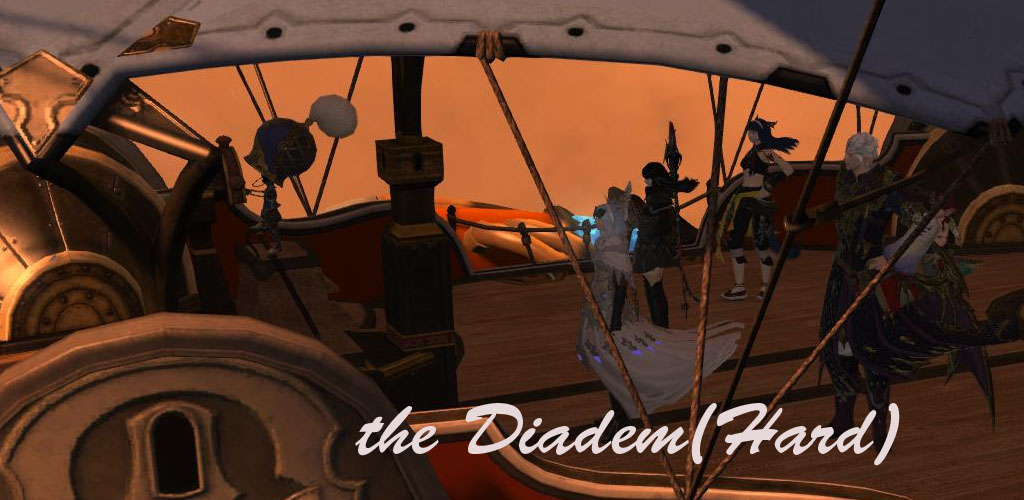 FFXIV: Everything you need to know about the Diadem(Hard)
FFXIV: Everything you need to know about the Diadem(Hard) Fallout 4 Guide: Get Unlimited S.P.E.C.I.A.L. Points
Fallout 4 Guide: Get Unlimited S.P.E.C.I.A.L. Points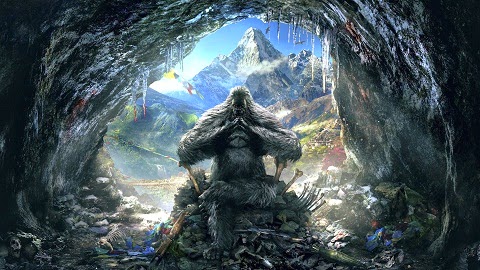 Far Cry 4 - Valley of the Yetis (PC) walkthrough
Far Cry 4 - Valley of the Yetis (PC) walkthrough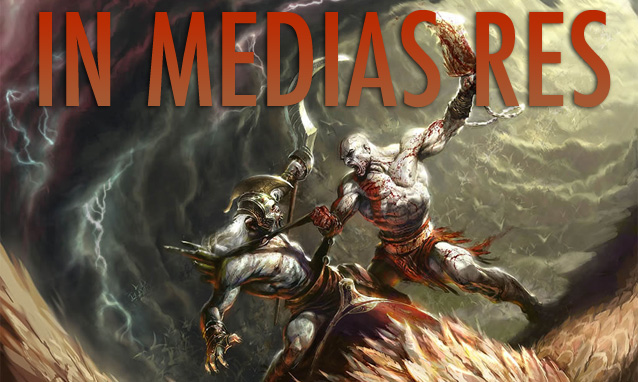 In Medias Res
In Medias Res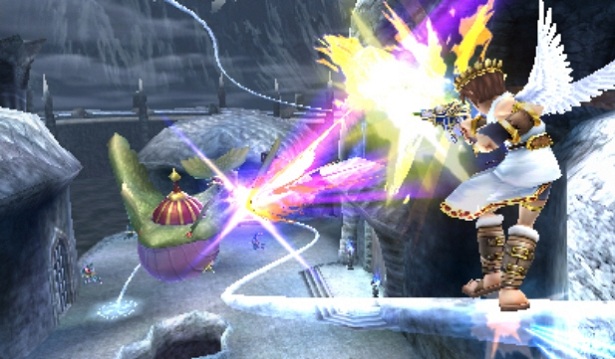 Kid Icarus: Uprising Walkthrough
Kid Icarus: Uprising Walkthrough